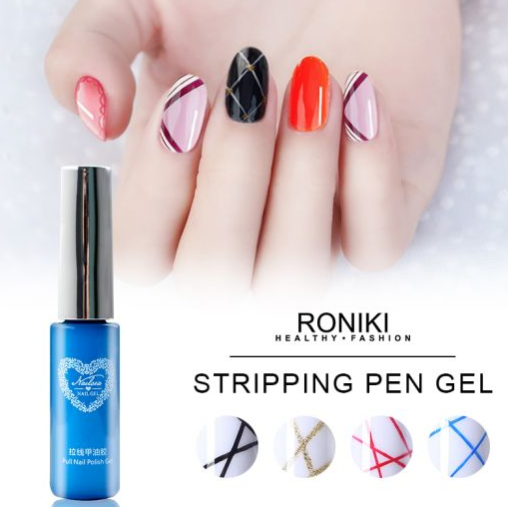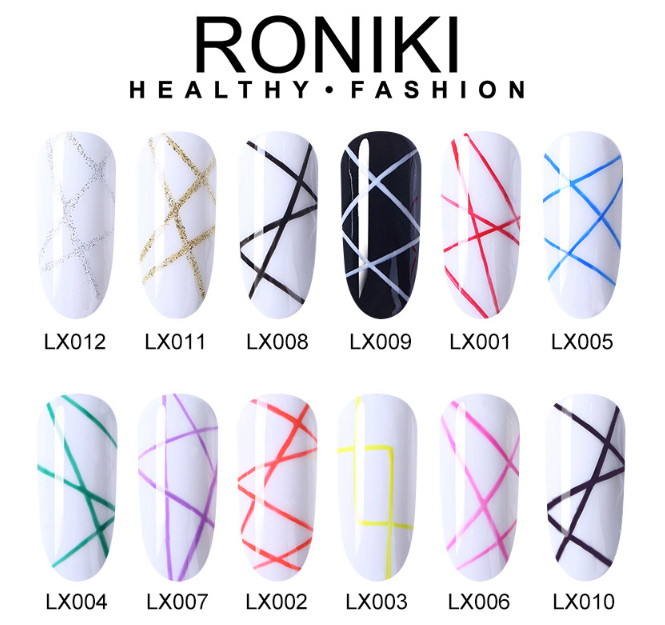A look at the effects of nail polish on nail health and safety
Nail polish has been a popular cosmetic product for centuries, used to enhance the appearance of nails and express personal style. However, while nail polish can provide aesthetic benefits, it's essential to consider its potential effects on nail health and safety.
Benefits of Nail Polish:
Enhanced Appearance: Nail polish can transform the look of nails, adding color, shine, and decorative elements to complement different outfits and occasions.
Protection: Nail polish forms a protective barrier over the nail surface, helping to shield nails from external factors such as moisture, chemicals, and mechanical damage.
Strength and Durability: Some nail polishes contain strengthening and fortifying ingredients that can help improve nail resilience and reduce breakage.
Self-Care Ritual: Applying nail polish can be a form of self-care and relaxation for many individuals, providing an opportunity to indulge in pampering and creative expression.
Potential Risks and Considerations:
Nail Damage: Prolonged or excessive use of nail polish, especially when combined with harsh removal techniques, can lead to nail damage, including dryness, brittleness, and peeling.
Chemical Exposure: Many nail polishes contain potentially harmful chemicals such as formaldehyde, toluene, and dibutyl phthalate (DBP). Prolonged exposure to these chemicals may increase the risk of adverse health effects, including respiratory irritation and reproductive issues.
Allergic Reactions: Some individuals may experience allergic reactions or sensitivities to certain ingredients found in nail polish, leading to symptoms such as redness, itching, or swelling around the nails.
Nail Discoloration: Dark-colored nail polishes, especially those containing pigments or dyes, may cause temporary nail discoloration, leaving nails yellow or stained after removal.
Infection Risk: Nail polish can create a sealed environment that traps moisture and bacteria, increasing the risk of fungal or bacterial infections, particularly if nails are not properly cleaned and dried before application.
- Suggested reading:
RONIKI 2pcs 15ml Gel Polish No Wipe Top and Base Coat ...
Gelish Top Coat No Cleanse
Is it better to get gel or regular polish?
Four Questions To Ask Before Buying Beauty Products ...
Who is Dr. Plants' real name?
What is the Advantage and Disadvantage of Nail Polish Manufacturer
NuFACE Microcurrent Facial Toning Devices
Tips for Nail Health and Safety:
Choose Quality Products: Opt for nail polishes that are free from harmful chemicals such as formaldehyde, toluene, and DBP, and choose brands that prioritize safety and transparency in their formulations.
Practice Safe Application: Apply nail polish in a well-ventilated area to minimize chemical exposure, and avoid getting polish on the skin surrounding the nails to reduce the risk of irritation and allergic reactions.
Limit Frequency and Duration: Give nails a break from nail polish occasionally to allow them to breathe and recover. Avoid leaving nail polish on for extended periods, and use gentle removal methods to minimize damage.
Maintain Nail Hygiene: Keep nails clean, trimmed, and properly moisturized to prevent bacterial or fungal infections. Ensure nails are fully dry before applying nail polish to prevent moisture from getting trapped beneath the polish.
Monitor for Changes: Pay attention to any changes in nail health or appearance, such as discoloration, brittleness, or irritation, and seek medical advice if necessary.
Nail polish can be a fun and creative way to enhance the appearance of nails, but it's essential to consider its potential impact on nail health and safety. By choosing quality products, practicing safe application and removal techniques, and maintaining good nail hygiene, individuals can enjoy the aesthetic benefits of nail polish while minimizing the risk of adverse effects. Ultimately, finding a balance between style and safety is key to promoting healthy and beautiful nails.
Related:
Suggested reading:Private Labels: A Closer Look at the Pros and Cons
Shockwave 448k Body Care Machine
What Are the Benefits of All In One Physiotherapy Machines?
Top 5 Benefits of Using a Vacuum Roller Slimming Machine Effectively



